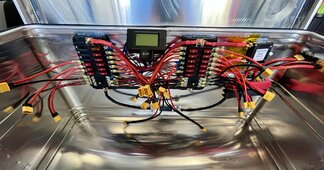I was searching for something similar. I found that Optifuse has 58V ATO form factor fuses and inline holders that are UL recognized. Haven't found where to buy them yet, perhaps digikey...Here is one.
 www.optifuse.com
www.optifuse.com
Preferred solutions for smaller 48V loads?
- Thread starter Mithril
- Start date




